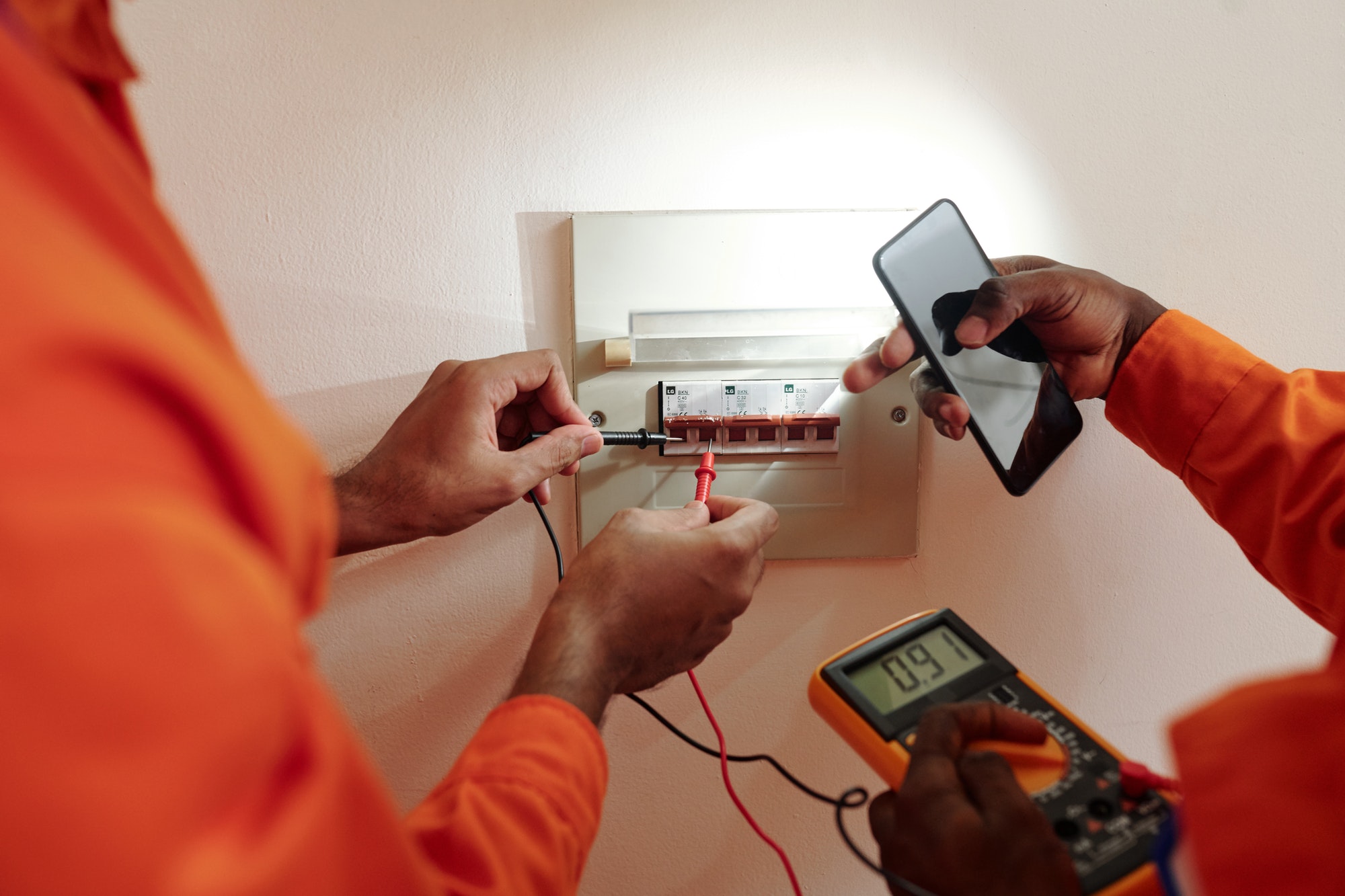In the age of digital transformation, choosing the right data cable for your networking needs is crucial. Whether you are setting up a small office network or managing a large enterprise infrastructure, the type of data cable you select can significantly impact your network’s performance, reliability, and scalability. This comprehensive guide will help you navigate the various options and considerations for selecting the right data cable for your specific requirements.
Understanding Data Cable Categories
Data cables are categorized based on their performance capabilities, particularly their bandwidth and maximum data transfer speeds. The most common categories include:
- Category 5e (Cat5e)
- Bandwidth: Up to 100 MHz
- Speed: Up to 1 Gbps (Gigabit per second)
- Use Case: Suitable for most home and small office networks.
- Category 6 (Cat6)
- Bandwidth: Up to 250 MHz
- Speed: Up to 10 Gbps over short distances (up to 55 meters)
- Use Case: Ideal for higher-speed networks in medium to large offices.
- Category 6a (Cat6a)
- Bandwidth: Up to 500 MHz
- Speed: Up to 10 Gbps over longer distances (up to 100 meters)
- Use Case: Suitable for large-scale enterprise networks with high-speed requirements.
- Category 7 (Cat7)
- Bandwidth: Up to 600 MHz
- Speed: Up to 10 Gbps
- Use Case: Designed for data centers and high-speed backbone networks.
- Category 8 (Cat8)
- Bandwidth: Up to 2000 MHz
- Speed: Up to 40 Gbps
- Use Case: Used in data centers and for short-range, high-speed connections.
Factors to Consider
1. Network Speed Requirements
Determine the maximum speed your network needs to support. If you are setting up a home network or a small office, Cat5e might suffice. For larger networks or those requiring higher speeds, consider Cat6 or higher.
2. Distance and Cable Length
The length of the cable run can affect performance. Cat6 and higher categories are better for longer distances without significant signal degradation. For very long distances, consider fiber optic cables, which offer superior performance over long ranges.
3. Interference and Crosstalk
Electromagnetic interference (EMI) and crosstalk can degrade network performance. Shielded cables, such as Cat6a and Cat7, provide better protection against EMI and crosstalk, making them ideal for environments with high interference, such as industrial settings or areas with lots of electronic equipment.
4. Future-Proofing
Consider future network needs and potential upgrades. Investing in higher-category cables now, such as Cat6a or Cat7, can save you from needing to re-cable your network in a few years as technology advances and data demands increase.
5. Budget Constraints
Higher-category cables are more expensive. Balance your current needs with your budget, but remember that investing in higher-quality cables can be cost-effective in the long run by avoiding frequent upgrades.
Special Considerations
1. Outdoor and Harsh Environments
For outdoor installations or harsh environments, use cables rated for outdoor use. These cables have protective jackets to withstand UV radiation, moisture, and extreme temperatures.
2. Power over Ethernet (PoE)
If you plan to use Power over Ethernet (PoE) devices, such as IP cameras or VoIP phones, ensure your cables support the required power levels. Cat6 and higher categories typically provide better support for PoE.
3. Plenum Spaces
In commercial buildings, plenum-rated cables are required for spaces used for air circulation, such as above suspended ceilings. These cables are coated with a fire-retardant jacket that emits less smoke in case of a fire.
Installation Tips
- Avoid Sharp Bends: Sharp bends can damage the cable and degrade performance.
- Proper Termination: Ensure that cables are properly terminated with high-quality connectors to maintain performance.
- Labeling: Label cables at both ends to simplify network management and troubleshooting.
- Testing: Test cables after installation to verify performance and identify any issues.
Conclusion
Choosing the right data cable for your networking needs involves understanding your network’s requirements, considering future growth, and balancing performance with budget constraints. By selecting the appropriate cable category and taking into account factors such as distance, interference, and specific environmental conditions, you can ensure a reliable and efficient network infrastructure. Investing in the right cables today will pay off in terms of network performance, longevity, and scalability.





